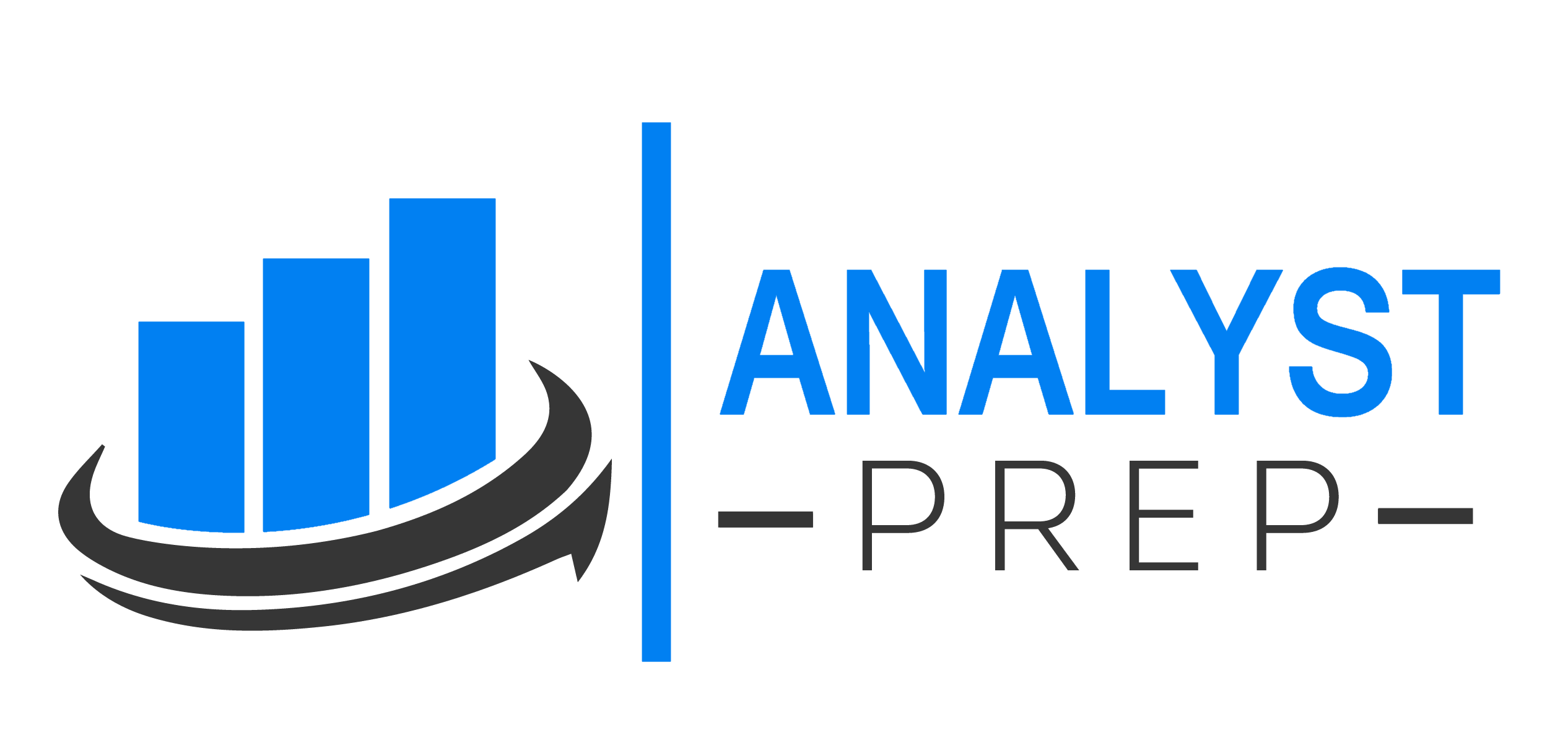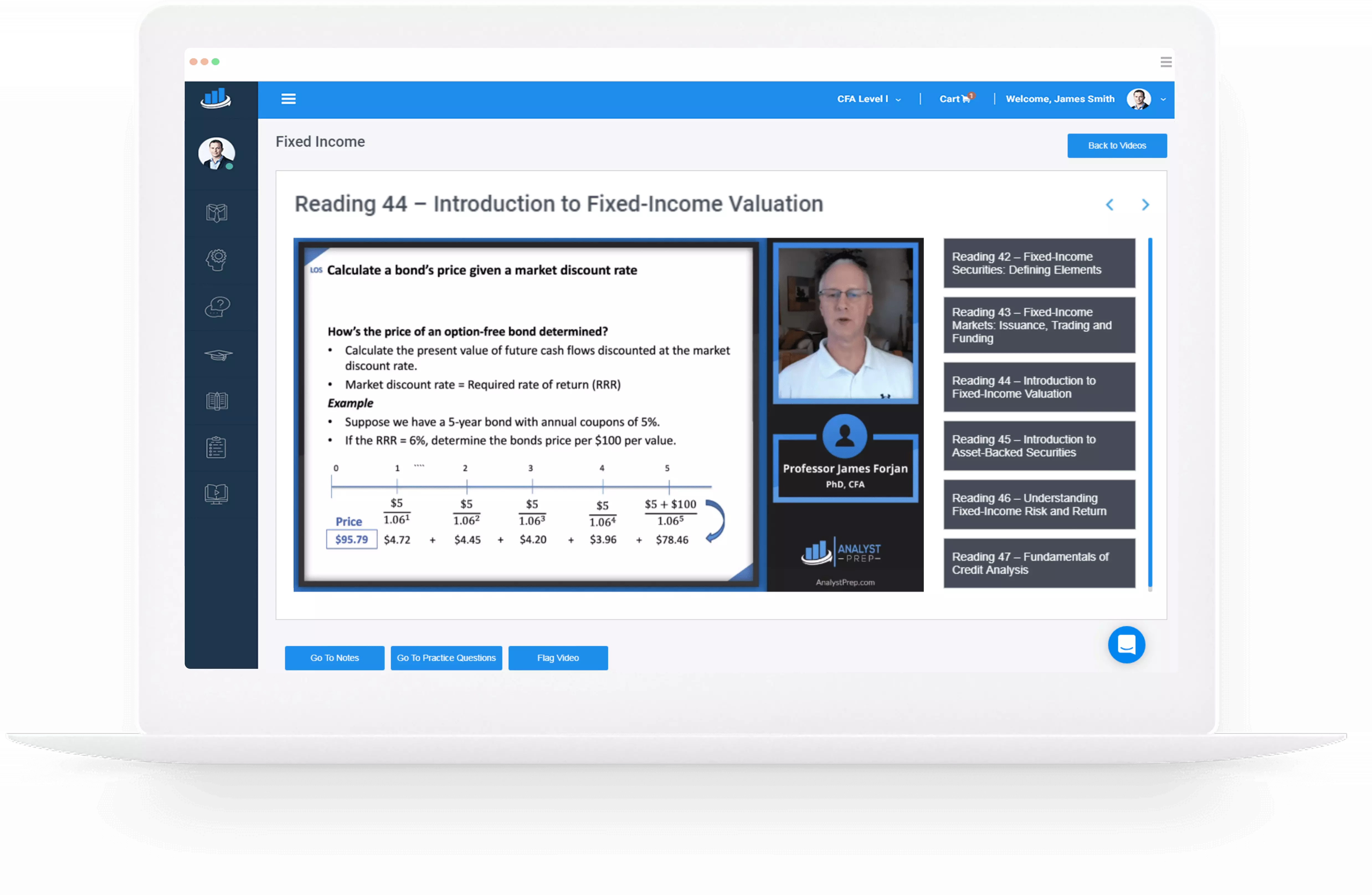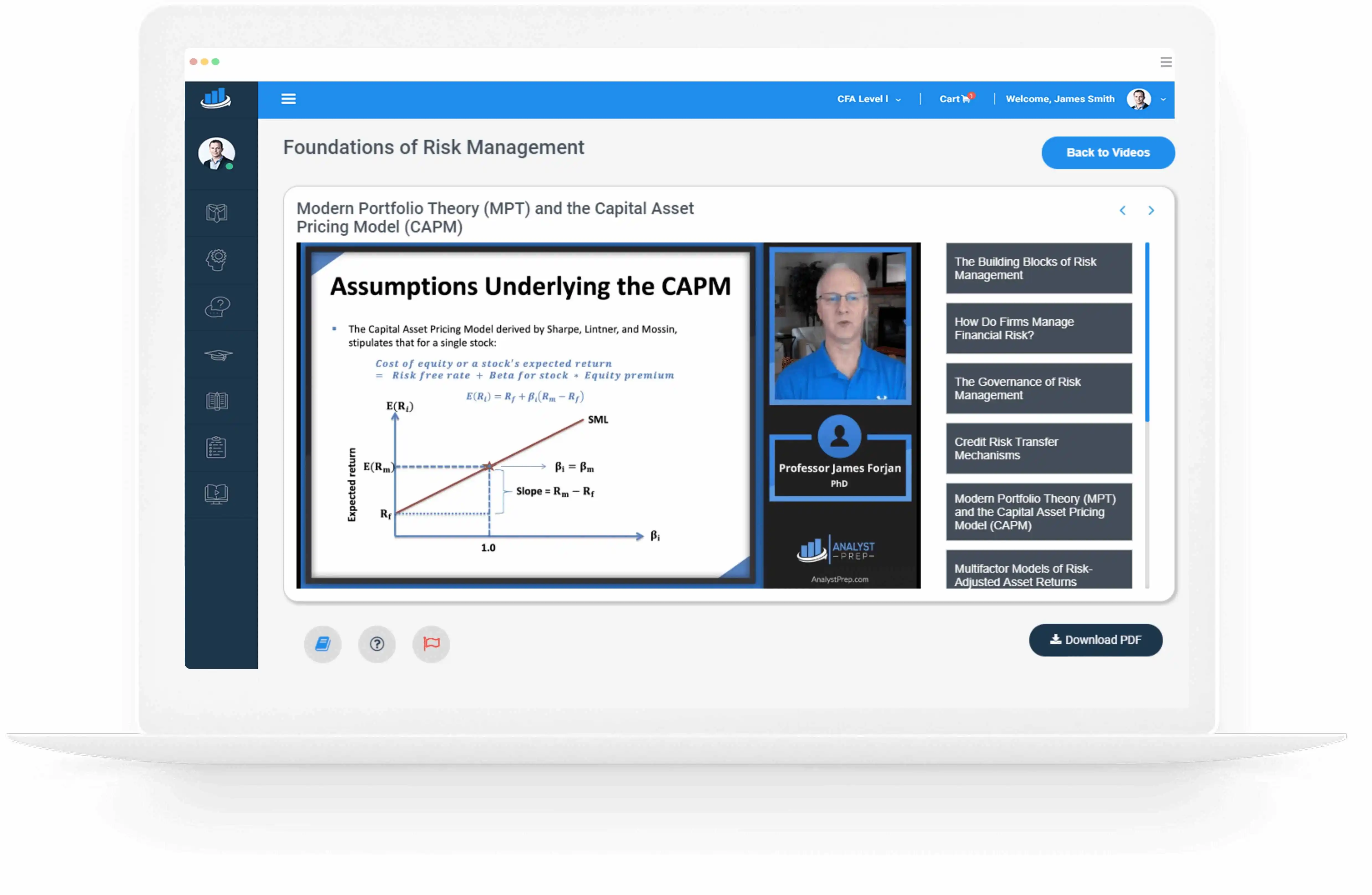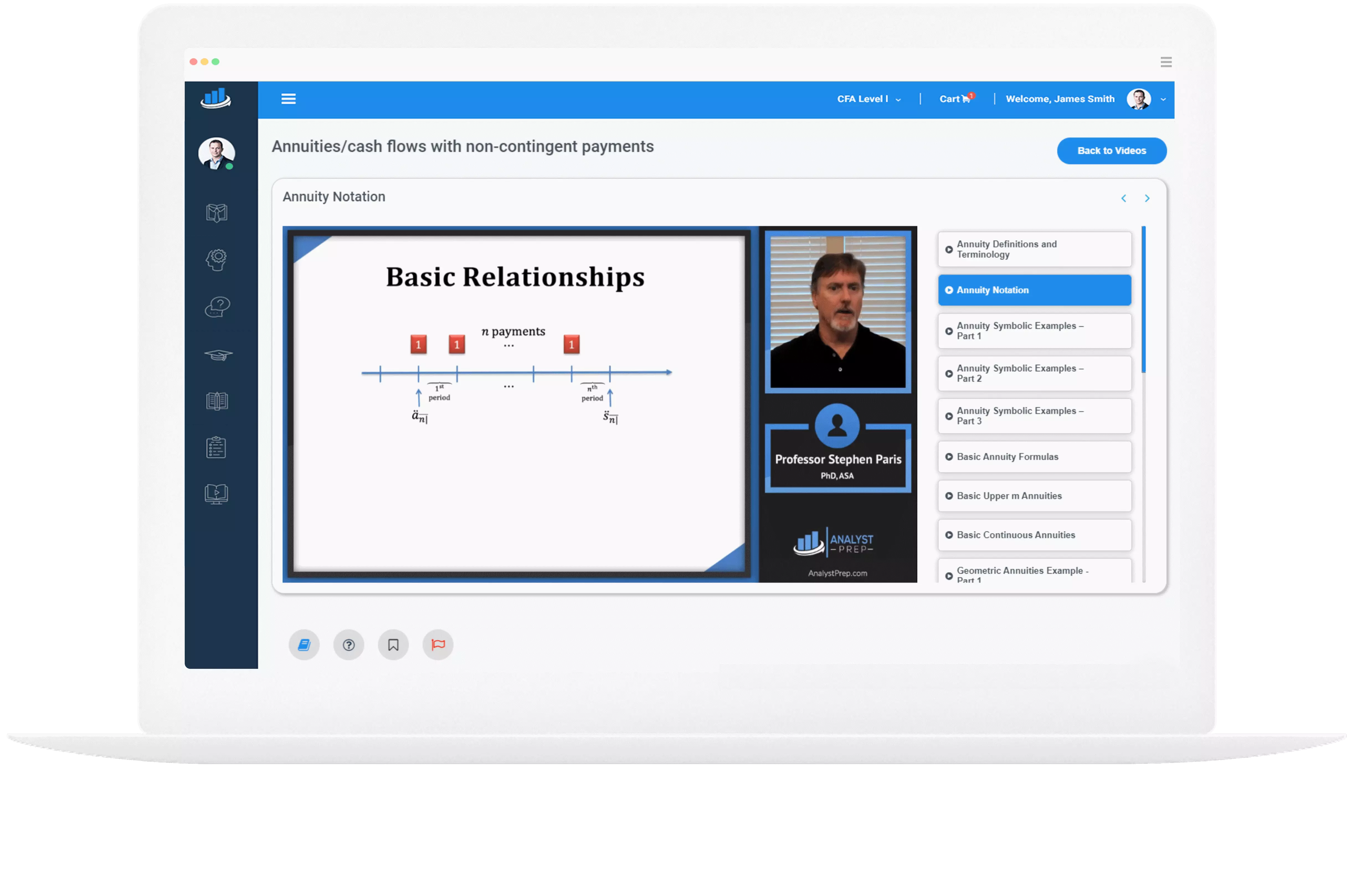Data Exploration
[vsw id=”ifHmwpgHWYY” source=”youtube” width=”611″ height=”344″ autoplay=”no”] The main objective of data exploration is to investigate and comprehend data distributions and relationships. Data exploration involves three critical tasks: exploratory data analysis, feature selection, and feature engineering. Exploratory Data Analysis Exploratory Data…
Preparing and Wrangling Data
[vsw id=”ifHmwpgHWYY” source=”youtube” width=”611″ height=”344″ autoplay=”no”] Data preparation and wrangling is a crucial step that entails cleaning and organizing raw data in a consolidated format that allows for more convenient consumption of the data. Data collection precedes the data preparation…
Steps in a Data Analysis Project
[vsw id=”ifHmwpgHWYY” source=”youtube” width=”611″ height=”344″ autoplay=”no”] The term “big data” refers to structured or unstructured data that is significant, fast, or complex, thus strenuous or even impossible to process using traditional methods. The incorporation of big data has prompt implications…
Neural Networks (NNs), Deep Learning Nets (DLNs), and Reinforcement Learning (RL)
[vsw id=”JOpNoBlW_0Q” source=”youtube” width=”611″ height=”344″ autoplay=”no”] Neural networks, deep learning nets, and reinforcement learning are sophisticated algorithms that handle complex tasks with non-linearity and interactions between large numbers of feature inputs. Some of these complicated tasks include image classification, speech…
Unsupervised Machine Learning Algorithms
Recall that unlike supervised learning, unsupervised learning does not use labeled data. The algorithm finds patterns within the data. The two main categories of unsupervised ML algorithms are dimension reduction, using principal components analysis, and clustering, which includes k-means and…
Supervised Machine Learning Algorithms
[vsw id=”JOpNoBlW_0Q” source=”youtube” width=”611″ height=”344″ autoplay=”no”] 1. Penalized Regression Penalized regression is a technique that is useful for reducing/shrinking a large number of features to a manageable set and for making good predictions in a variety of large data sets….
Overfitting and Methods of Addressing it
[vsw id=”JOpNoBlW_0Q” source=”youtube” width=”611″ height=”344″ autoplay=”no”] Overfitting is a problem that arises when the machine learning algorithm fits the training data too well, making it unable to predict well using new data. Overfitting means training a model to such a…
Supervised Machine Learning, Unsupervised Machine Learning, and Deep Learning
Machine learning employs the idea that systems can learn from data, identify patterns, and make decisions with minimal human intervention. It has an iterative aspect in that when models are exposed to new data, they can adapt independently. Machine learning…
Study Notes for CFA® Level II – Quantitative Methods – offered by AnalystPrep
Reading 0: Introduction to Linear Regression (Now Part of Level I) -a. Describe a simple linear regression model and the roles of the dependent and independent variables in the model; -b. Describe the least squares criterion, how it is used…
Multiple Regression Model
[vsw id=”8E2AbtAb0a8″ source=”youtube” width=”611″ height=”344″ autoplay=”no”] Consider the multiple regression of the price of the US Dollar index on inflation rates and real interest rates. The estimated regression model is expressed as: $$P=81-276INF+902IR$$ Where: P = Price of USDX. INF…




